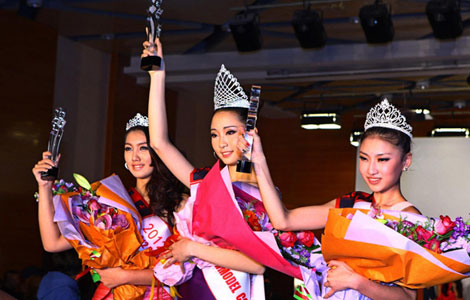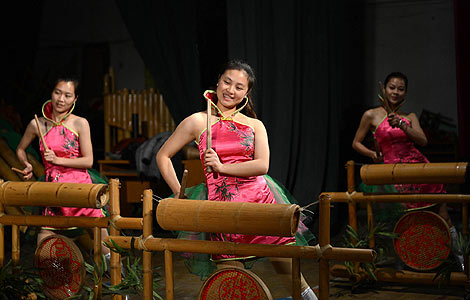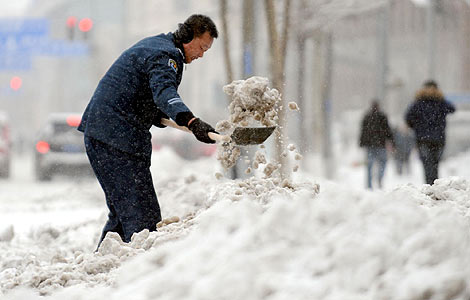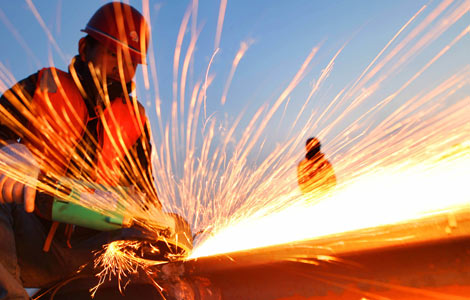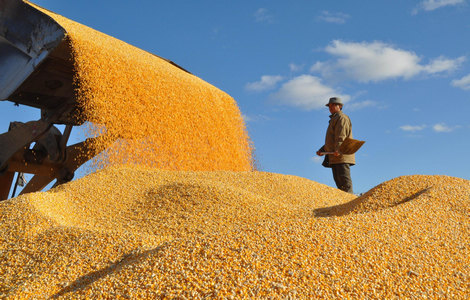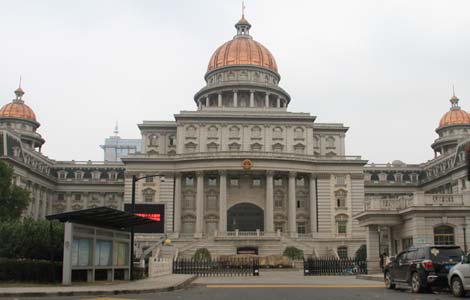
Waking the dragons
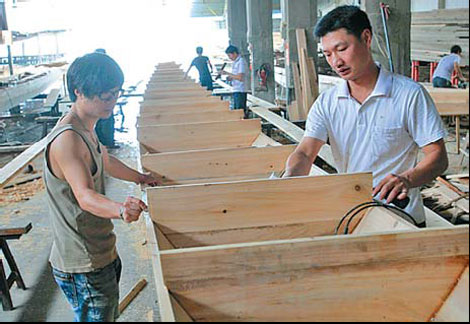 |
|
Workers in Feng Huainu's boatyard are busy building dragon boats to meet the needs of this month's dragon boat racing in Guangdong province. [Photo by Zou Zhongpin / China Daily] |
Feng's boatyard is located in Dongxiang village, Zhongtang township, in the Pearl River Delta region of Guangdong province in southern China, where dragon boats can be traced back 2,000 years.
In late May or early June, Zhongtang celebrates its biggest community activity called Longzhou Jing, when all the dragon boats from different villages gather on the river.
Before a boat is first launched, the residents of the village that ordered it will come to the boatyard to "wake up" the dragon with a grand ceremony. They select a representative who waters the whole body of the dragon with lemongrass water and then carefully cleans the head of the dragon. The villagers who will paddle the boat then wash their hands with the same lemongrass water. Then the eyes of the dragon are painted with the blood of a cockerel.
Then villagers standing on both sides of the boat collectively pat the dragon's body to wake it up and carry it on their shoulders to the water. Then to the accompanying rat-a-tat-tat of firecrackers the dragon is vigorously paddled through the water.
In a place such as Zhongtang, where the villages are built along the river so the water flows in front of the houses, dragon boats have become a key ceremonial element on other special days, such as weddings.
"A wedding ceremony is a good opportunity to see dragon boats," said Ye Jiaming, an official in charge of intangible cultural heritage management and promotion in Zhongtang. "Every village will send a dragon boat to the wedding to celebrate and share the happiness with the new couple, as well as to show off the prosperity of their own place."
So there is always a need for dragon boats and the masters that make them.
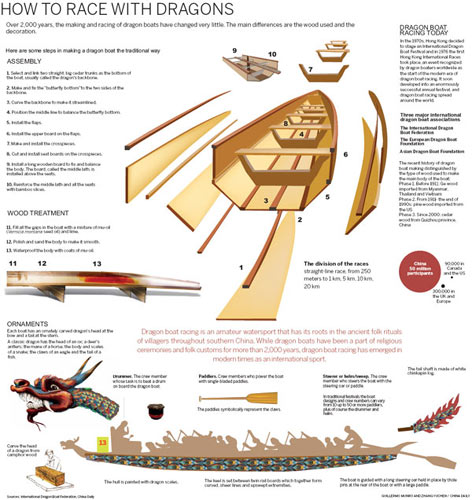 |
Twists on tradition
Feng now lives a life of tranquility with his wife. While his wife watches Cantonese opera on TV, Feng sits at a table outside watching the young boat makers.
Feng's boatyard specializes in building boats in the traditional style, which means adhering to strict standards. Modern boats that deviate from the standard, being longer or shorter, narrower or wider, are ugly in Feng's eyes and he calls them "phantom boats".
Other changes to the dragon boat races that Feng has witnessed include the gender of participants. Women were traditionally prohibited from boarding any dragon boat. However, in 1984, women first appeared in a dragon boat race in Hong Kong.
Now in the corner of Feng's boatyard, there are a few smaller boats, which he calls "Phoenix Boats", that compete with 16 female paddlers.
The demand for lighter, quicker boats means that all Feng's boats are now made of cedar transported from Guizhou province, which is light but not very durable. The boats last only two or three years.
"Before, the wood was Douglas Fir from the United States, which was very heavy and durable," said Feng. "A boat would last about 10 years."
The older generation of boat builders is intent on preserving the old traditions, where dragon boat masters build a boat with only their rich experience and intuition to guide them.
"I will never use the computer to design boats," said Huo Zhuoxing, 42, another dragon boat master.
But with more options available to them the younger generation is less likely to follow in the family footsteps.
"Fewer and fewer young people get involved in the boat building process, although there are still many local residents that cling to the tradition," said Ye.
Huo's son became a civil servant in Zhongtang after graduating from the university.
But asked whether or not he felt concerned about the future of dragon boat making, Feng shook his head and said, "I'm not worried. The local residents love dragon boats and it has lasted for centuries."
Contact the writer at zhangyuchen@chinadaily.com.cn
